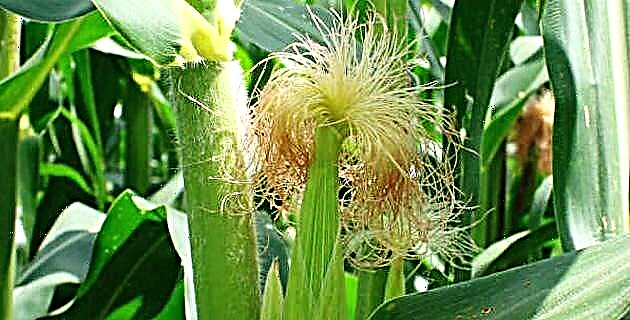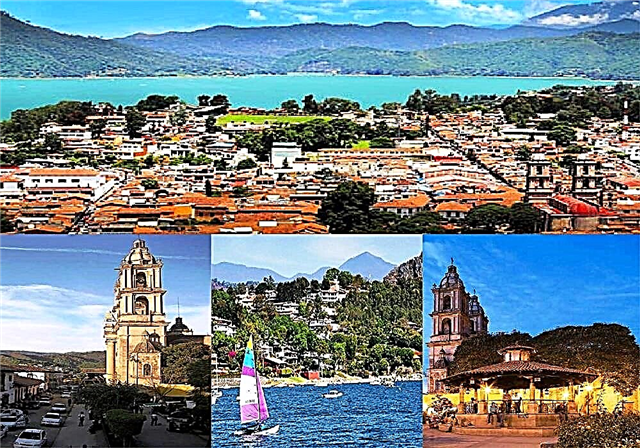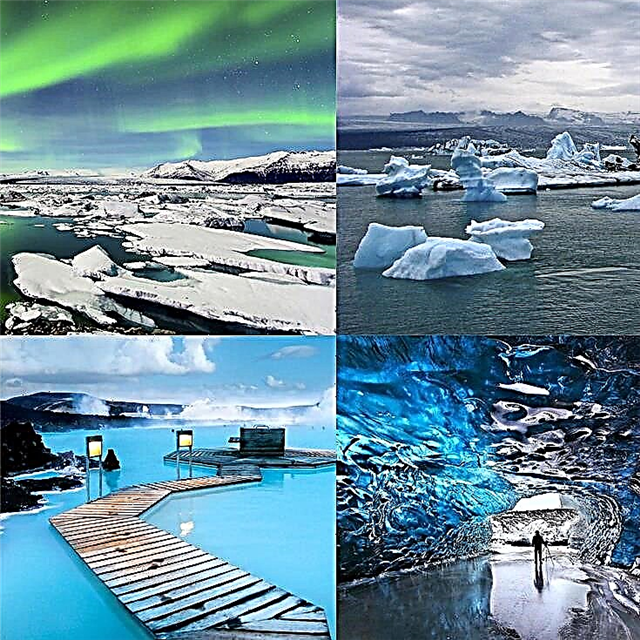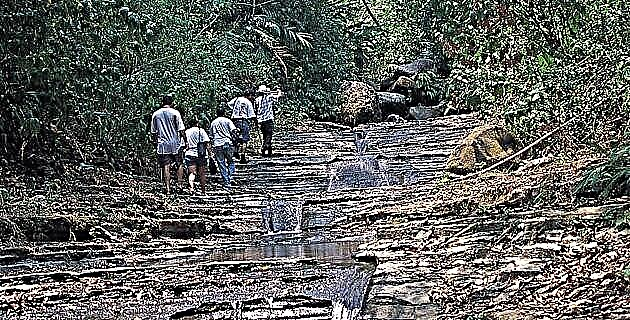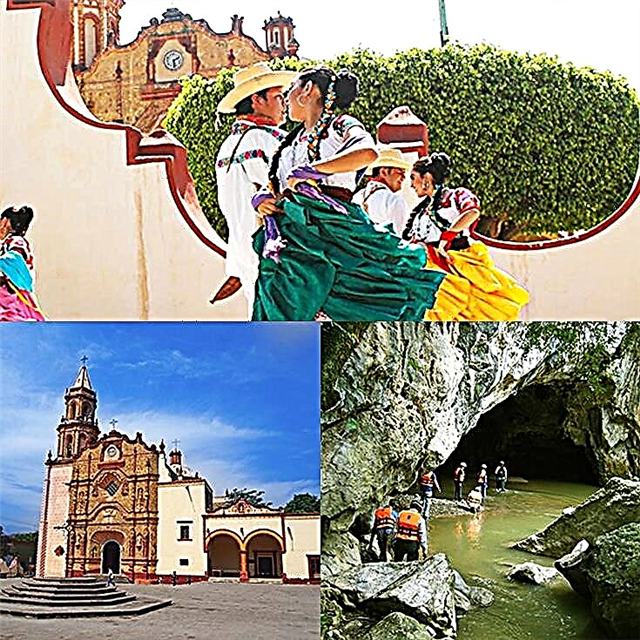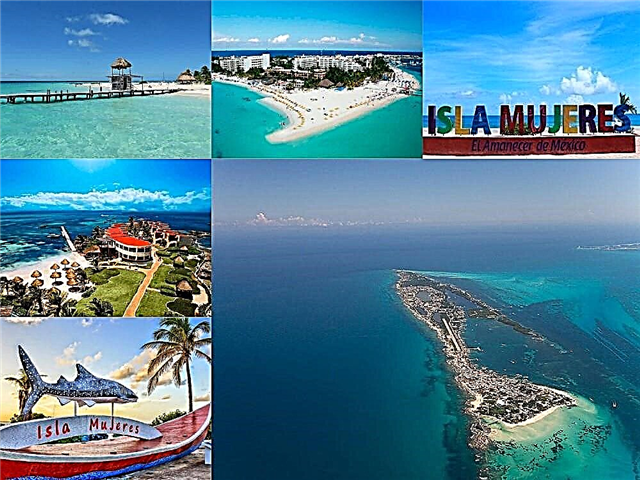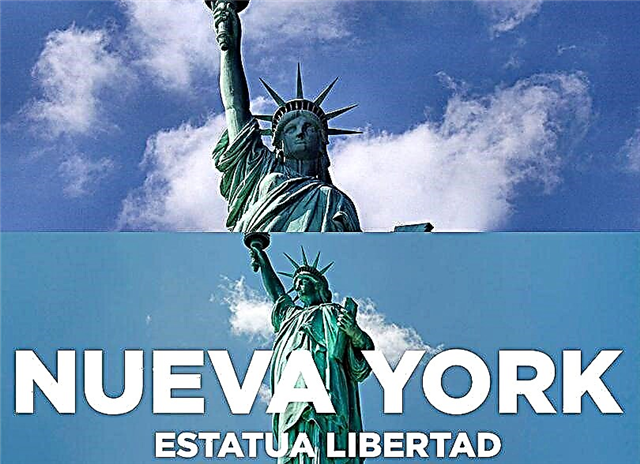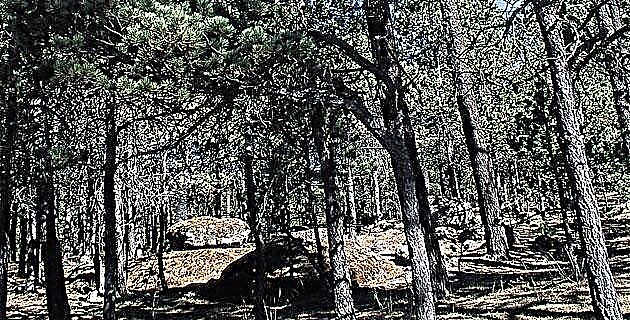
Have you ever imagined going up the hill in search of a deer? Or being on the lookout for a wild turkey? Or finding yourself in front of a Mexican wolf? Describing the sensation is difficult; better, go ahead and live it!
The Biosphere Reserve. Michilía was created in 1975 by the Institute of Ecology and the state of Durango, with the support of the SEP and CONACYT. To form it, a civil association was established in which the aforementioned institutions and local residents participate, leaving the responsibility to the research center for the actions of the reserve. In 1979, La Michilía joined MAB-UNESCO, which is the international research, training, demonstration and training program directed in order to provide the scientific bases and the trained personnel required for the better use and conservation of the natural resources of the biosphere. .
La Michilía is located in the municipality of Súchel, in the extreme southeast of the state of Durango. It comprises an area of 70,000 ha, of which 7,000 correspond to the core zone, which is the white hill, which is located in the extreme northwest of the area. The limits of the buffer zone are the Sierra de Michis to the west and the Sierra Urica to the east, which also marks the division between the states of Durango and Zacatecas.
The climate is temperate semi-dry; the annual average temperature varies between (12 and 28 degrees). The characteristic habitat of the reserve is a mixed oak forest, with a whole range of variation and composition depending on the physical factors of the environment; there are also natural grasslands and chaparrals. Among the important species we can mention the white-tailed deer, the puma, the wild boar, the coyote and the cocono or wild turkey.
Within La Michilía and fulfilling the fundamental objectives of any reserve, five lines of research are carried out:
1. Ecological studies of vertebrates: the researchers have concentrated mainly on the study of the feeding and the population dynamics of the white-tailed deer and the cone. They have also conducted research on the dynamics of the population and the communities of small vertebrates (lizards, birds and rodents).
In Mexico there is a highly valued species of land bird, the wild turkey. However, little is known about her.
The study being carried out in La Michilía aims to increase knowledge about this species by estimating the use of the habitat and the density of the population. These objectives are aimed at developing in the future a management program for the population of the wild coconus.
2. Studies of vegetation and flora: determination of the types of vegetation and preparation of a manual of trees and shrubs in the reserve.
The oak-pine forest constitutes the main type of vegetation. Cedar-oak forests and grasslands comprise other types of vegetation found in different topographic areas. Among the important genera are: oaks (Quercus), pines (Pinus), manzanitas (Arctostaphylos) and cedars (Juniperus).
3. Management of wild fauna: studies of the use of the habitat of the white-tailed deer and the cone in order to propose adequate techniques for their management. These works were initiated at the request of the local population who showed great interest.
In Mexico, the white-tailed deer is one of the most important hunting animals and one of the most persecuted, that is why the study of the feeding habits of this animal is being carried out, in order to know an important aspect of the biology of this and get to integrate a program for the management of the population and its environment.
To carry out this program, the facilities of an abandoned pig farm were used where the El Alemán biological research station was set up, in which a farm was made in order to reproduce and increase the population of white-tailed deer in the reserve.
4. Species in danger of extinction: ecological studies of the Mexican wolf (Canislupus bailei) in captivity in order to achieve their reproduction.
5. Livestock and agricultural consultancies caused in ejidos and ranches.
As you can see, La Michilía is not only a beautiful place, it is a place where you learn to know the environment, its flora and fauna. Do you understand why the interest in keeping it? It is research, it is education, it is participation, it is a living part of Mexico.
How to get:
Leaving the city of Durango, the main access road to the biosphere reserve is the Pan-American Highway (45). At 82 km you arrive at Vicente Guerrero, and from there take the road to Suchel, a town located 13 km to the southwest; from this place, following the road under construction to Guadalajara, through a small paved section and the rest of the dirt road (51 km), you reach the Piedra Herrada station in the La Michilía Biosphere Reserve.

